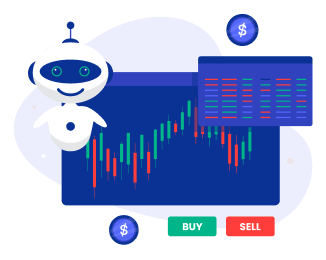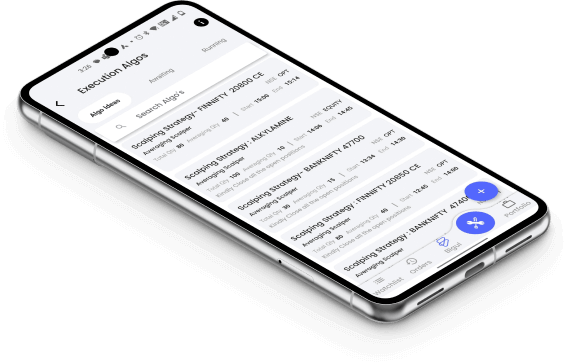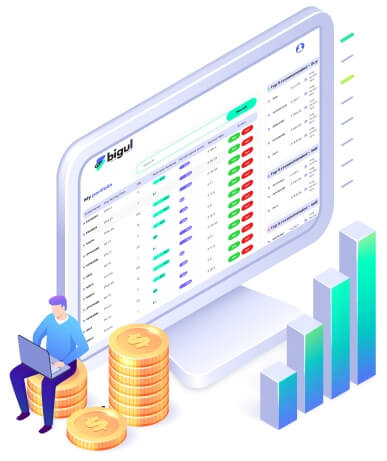Conclusion
Dividends have been a big player in corporate finance and investment strategies, carrying with them a lot of characteristics of regular income combined with financial stability and offering long-term growth potential. In addition, dividends offer an assured source of income to investors, with reinvestment opportunities apart from being indicative of the performance or health of a company. However, this ideal situation is weighed against two possible downsides: taxation consequences and a decrease in reinvesting in growing the business. Since understanding the pros and cons of dividends allows an investor to make an informed decision, it thus ensures that stocks paying dividends will also complement both their overall investment objectives and their risk tolerance.

















